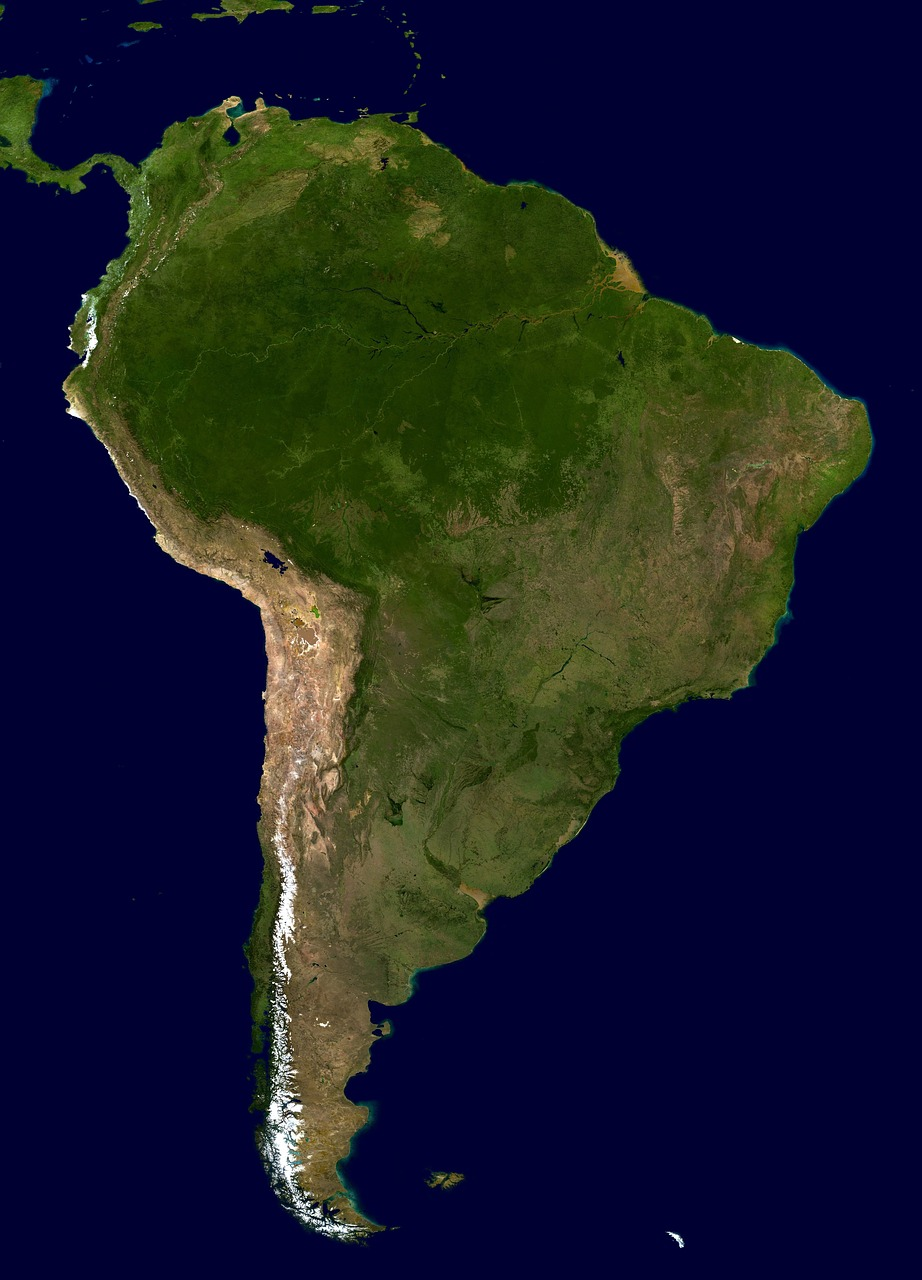South America is not immune to the influences of the PRC despite the great distance dividing Asia from the West. Over 20 countries in South America and the Caribbean have joined China’s Belt and Road Initiative (BRI). Although Colombia has not yet signed on, its deepening relationship with China under the new government of Gustavo Petro is causing concern inside the American intelligence community. For many years Bogota feared that expanded political, economic, and security ties with Beijing would hurt its strong relationship with the United States. Under the Petro regime, that appears to be changing.
The Colombian President recently appointed Sergio Cabrera as the country’s ambassador to China. Cabrera “grew up in China with Communist parents during the revolutionary era of Mao Zedong and attended Beijing University, the most respected institution for higher education in the PRC. Cabrera returned to Colombia to participate in the People’s Liberation Army (PLA) guerilla movement before returning to the PRC and starting his film career. His access to many parts of China while filming suggests the high level of trust the Chinese have in him,” according to a White Paper by Evan Ellis, of the Center for Strategic and International Studies (CSIS).
The country’s foreign minister, Álvaro Leyva, has focused more on peace negotiations with leftist terrorist groups such as the Revolutionary Armed Forces of Colombia (FARC) than on China. Ellis, however, notes that Leyva has strong left-oriented ideological commitments that may dispose him to deepening the Colombia-PRC relationship for the Petro regime. China’s Ambassador to Colombia, Lan Hu, is a senior, Spanish-speaking diplomat who is very active in the country’s Chinese community. There also are rumblings in Bogota that presidential-level discussions are quietly pushing the country toward joining the BRI.
Commercial relations with China, since it was granted permanent Most-Favored-Nation status, have expanded 35-fold, although Colombia imports about four times its exports to the PRC. China’s physical footprint in the country also has expanded over the last ten years. As of this year there are at least 38 active Chinese investment projects totaling $2.04 billion. The 100 plus Chinese-based companies operating there span a broad range of sectors, from long-term involvement in petroleum and mining to infrastructure, telecommunications, and digital industries. The China National Offshore Oil Corporation (CNOOC) began operations in July 2012 with a $15.1 billion acquisition of the Canadian petroleum firm Nexxen. Ecopetrol, a Colombian crude exporting firm, has established relationships with refineries in China. The country also sells China coal and nickel and operates gold mines in Colombia. Starbucks’ and other companies act as third-party sellers of Colombian coffee to China.
“Infrastructure projects have arguably been the most significant and highest-visibility area of the PRC’s expanding presence in Colombia,” says Ellis. Eight years ago, the PRC-based China Harbour Engineering Company won a $652 million contract, to build and improve a 155-mile road from Medellín to the coastal city of Necoclí near the Panamanian border. After China brought in massive numbers of Chinese workers, Colombia reportedly forced China to subcontract out some of the work to Colombian nationals. Typical of many Chinese engineering projects, the tunnels and bridges often were of poor quality with delays in delivery. China is buying its way into Colombia, too. It financed 30% of the construction cost for a subway system for Bogota. With only one bid submitted, China also won a contract to build a 17-station train line that will connect Bogotá with surrounding cities. As recently as October 2022 China
Communications Construction Corporation received a $3.5 billion public-private contract to build a metro across the eastern side of Medellín in Antioquia when all other bidders dropped out. Similar scenarios played out in the port sector where the PRC-based firm Zhenhua Heavy Industries Company Limited has supplied cranes for port operations in Cartagena and Santa Marta. China currently is attempting to construct a liquid natural gas regasification facility and expand port facilities on the country’s west coast near the frontier with Ecuador. China also holds a controlling share of the AirPlan consortium to manage and modernize Medellín’s principal airport, in Rionegro, and five surrounding airports in Antioquia and is making similar inroads in the electricity sector, automotive, and heavy equipment industries. The list is long and growing.
“In digital and other technology sectors, PRC-based firms have made significant advances in Colombia in recent years. In telecommunications, the Chinese firm Huawei has operated in the Colombian market for at least 15 years and currently has a dominant position in the sale of telephones and other telecommunications devices to Colombian retailers,” says Ellis. Huawei plans to build a data center in Colombia while China’s ZTE is focusing on infrastructure and devices such as routers and modems.
The 2012 Colombian Chinese Chamber of Investment and Commerce that had approximately 30 members, has over 140 participants as of 2022, including many Chinese-owned companies. Everywhere one turns in Colombia today there is a burgeoning sense of expanding Chinese soft power, from think tanks and education to military training and gifts of military transport aircraft. China has patiently spent time laying the groundwork in Colombia, Uruguay, and others South American countries. Beijing’s adventures in the Western hemisphere are beginning to pay off.
Daria Novak served in the U.S. State Dept.
